Firearms come in different shapes and sizes, so do scopes.
And so, requirements for magnification may differ between shooting and hunting situations. Scopes come with fixed and variable magnification powers. Applications may differ depending on the situations.
Traditionally, a magnification power fixed at 4x has been popular to many shooting and hunting situations with a rimfire firearm. However, increasingly, hunters and shooters who use rimfire firearm have realized that a slightly higher power can do better. The key takeaway is to find an objective lens with a magnification range that gives you an optimum size of exit pupil. Equally important is a scope that maximizes a field of view when magnification power increases.
When we take these developments into consideration, it doesn’t matter whether magnification power is fixed or variable. It’s not surprising, then, that a magnification power range of between 6.5X and 20X is increasingly popular among rimfire shooters who participate in serious competition.
With a higher than 4X magnification range, the field of view decreases, but this is insignificant in sports where targets are labelled as in the case of metallic silhouettes. If you participate in a shooting competition, you’d need a scope with a variable magnification power, as situations can change.
Let’s have a look at various situations that may influence your choice of magnification power for your rimfire firearm (whether it’s a pistol or rifle).
Zeroing in
When zeroing in your scope, your intention is to discover the maximum shooting or hunting range of your .22LR cartridge and firearm. Normally, you’d bore sight before you embark on firing shots at targets fixed at 50-100 yards, taking note of the groupings and making the necessary wind, parallax and elevation adjustments. In that case, you take into consideration wind drifts and bullet drops over the distance, which affect the bullet trajectory; hence, groupings (points of impact on the target) around the bullseye.
You don’t need anything more than a magnification power of 7X, since you’re not in a benchrest competition. A higher power than 7X would decrease the space between the points of impact, thus tightening the groupings.
Benchrest Shooting Competition
This is self-explanatory. You need tighter groupings and that means a higher than 7X magnification power. Accuracy is king in benchrest shooting. And remember that shooting associations have rules. You don’t want your firearm and cartridge to end up ineligible; therefore, technically knocking you out of competition that you love to participate.
Target Shooting
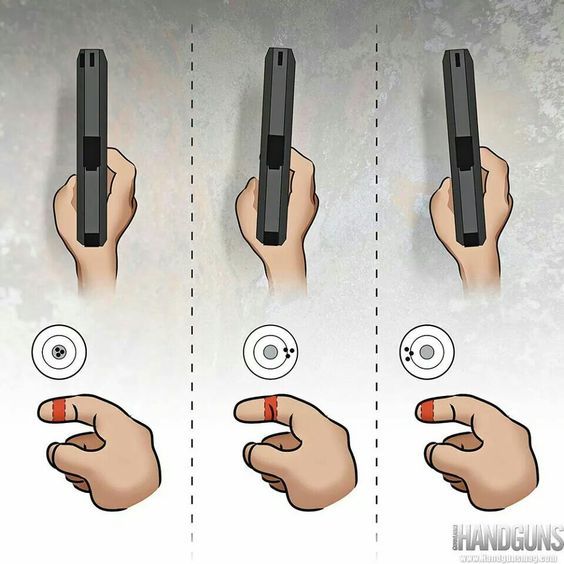 You want to pick out a specific target, but, unfortunately, you find out that it’s too small, especially at a longer range than 100 yards. So what do you do? Whether you’re shooting from a benchrest or sandbag, you can take advantage of the ability to land a .22LR round on a small target.
You want to pick out a specific target, but, unfortunately, you find out that it’s too small, especially at a longer range than 100 yards. So what do you do? Whether you’re shooting from a benchrest or sandbag, you can take advantage of the ability to land a .22LR round on a small target.
And who said a higher magnification isn’t desirable. In fact, it’s. If you want to zoom in on that target that may be too small for your naked eye, you need a magnification power in the region of 32-40X. While image may be dimmer at a higher magnification (due to poor light transmission), it can be difficult, if not impossible, to take out targets at long range (or small targets at a close range) without a high magnification power.
The opposite is true. If a target is bigger, then you require a smaller magnification range. Depending on the trajectory of your bullet and the type of firearm, a 4-15X magnification power is more than enough.
But if you want to plink or entertain yourself, a 10-15X magnification power is suitable. With this power range, you can shift between long- and short-range shooting. It’s important to note that past 100 yards, the drop of a .22LR round is considerably large. A higher than 10-15X magnification power may be difficult to make corrections for bullet drop (elevation or holdover).
When you consider shooting medium-range targets with a custom gun, a .22BR scope can allow you to increase magnification power beyond 40X. Otherwise, if your firearm isn’t customized or accurized, then forget about it.
Hunting
A .22LR round is small, and it’d make little sense if you talk of taking out big targets, because it won’t work. A .22LR cartridge power is smaller than a bigger cartridge like .308 Winchester. But when you talk of bringing down cottontails, jackrabbits, squirrels or small varmints, then we’re reading from the same script. Interestingly, these creatures are fast-moving – you’ll need to track them down as they move.
Therefore, a higher magnification power would do you more injustice because you’ll lose track of the target with a smaller field of view. A 32-40X scope would give you a horrible hunting experience. Anything less than 10X is suitable. At distances of between 50 yards and 100 yards, you should be able to take down your small targets humanely.
Your Rifle
A .22LR round may not be as accurate as you may hope for. Such accuracy has more to do with your rifle than your skill. While many hunters and shooters may attempt to get rid of this shortcoming by zeroing in, the bottom line is your rifle has flaws, which it inherited from the manufacturer. You may not be able to do anything about it.
But what you can do is to take advantage of shorter-range shooting with your .22 rimfire rifle and a scope with less magnification power. First off, an inaccurate rifle may fail to live up to the standards of a higher-power scope. While zeroing in may help increase accuracy, it’d remain just that: inaccurate.
When you compare Ruger 10/22 with a bolt action rifle, the latter is more accurate. Yet, even with a dead-on accuracy, the rifle may fail to keep up with a higher power than 20X.
But if you wish to use a powerful scope, you’d need to customize or accurize your gun.
Conclusion
May be the last time you went outdoors to hunt or shoot, you didn’t realize that magnification power resulted to a better or poorer experience. Now that you’ve at least an idea of what magnification power is suitable for what circumstance, you can make an informed decision to purchase a scope that most suits your situation. Remember, buy a more powerful scope than 40X (like .22BR) if you want to take down medium-to-long range targets that are small and fast-moving with a customized firearm. Otherwise, use a less powerful than 10X for close-range targets.


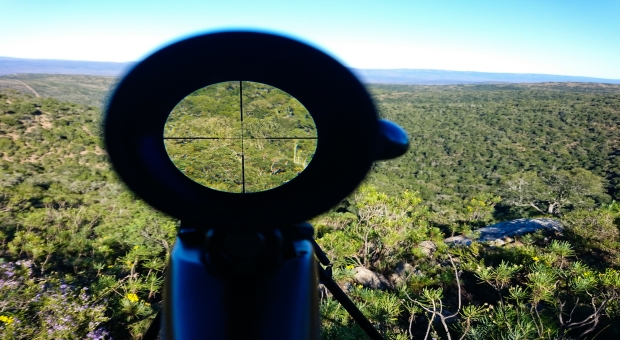



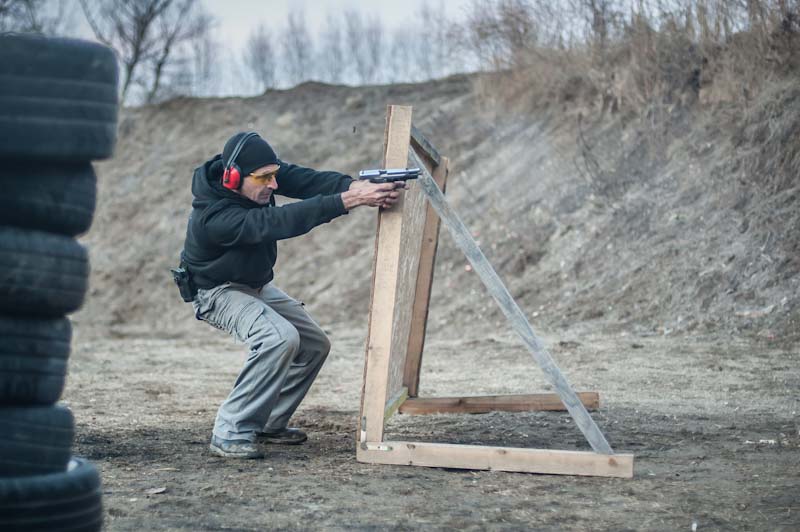
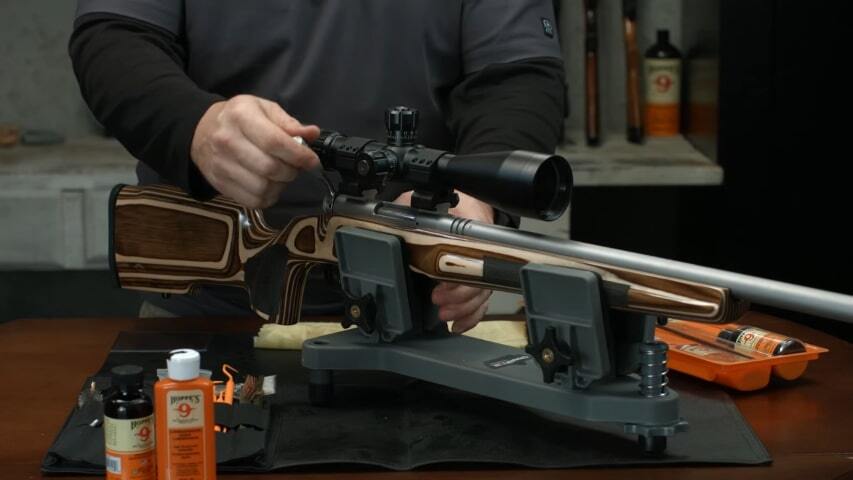
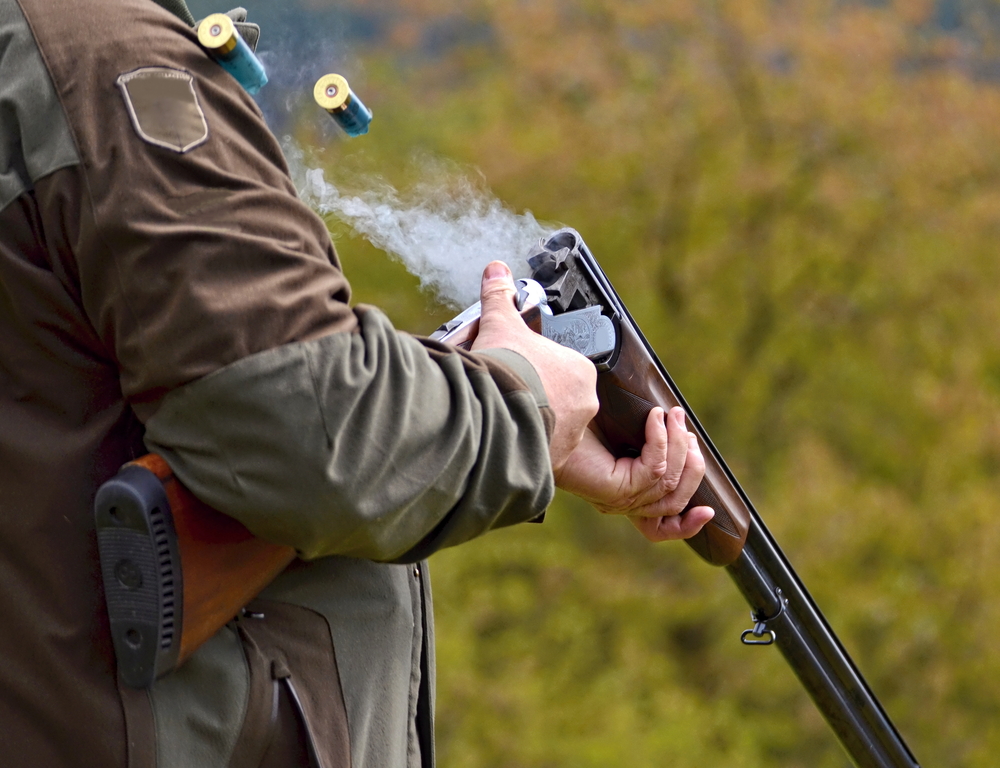
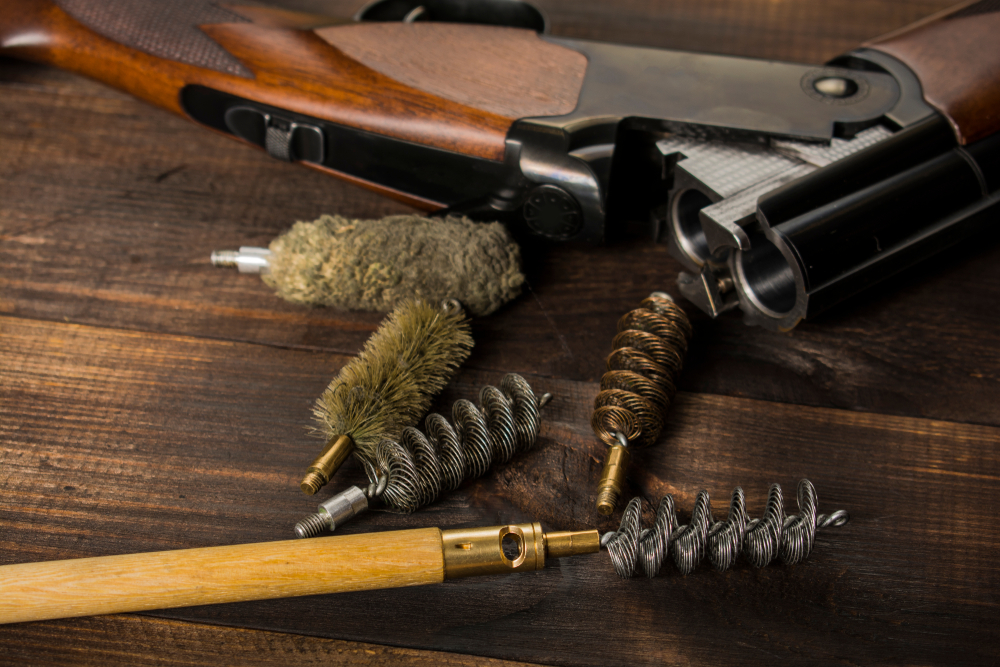

John | August 12, 2019
|
Good article, Steve. This is the first time I can remember anyone addressing the “sweet spot” on the finger. It makes a big difference.
Ben | August 13, 2019
|
For the best accuracy you will need to find the load that you rifle likes best. My squirrel rifle (Rm. 541S) loaded with Rem rifle target ammo will shoot less then .375 at 50 yds off the sand bags. This is slow quite ammo that works the best. The next best is CCI Min-mag’s solids. that will shoot to under .50 at 50 yds. So you need to find the ammo that your rifle like best and use that.